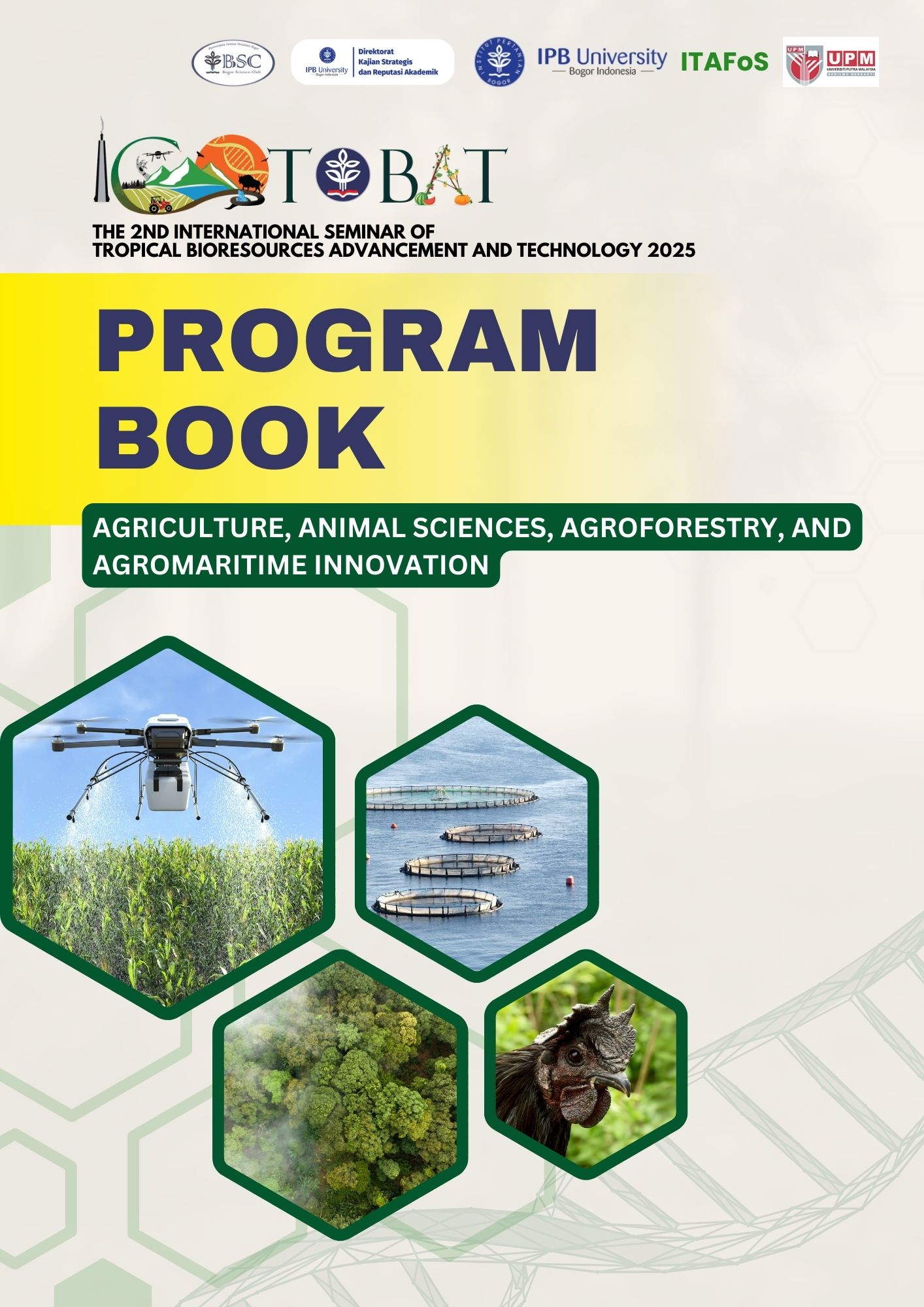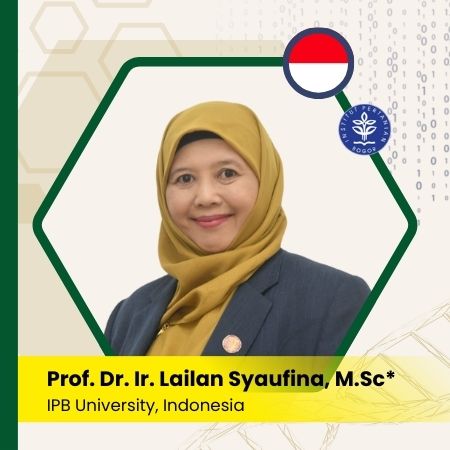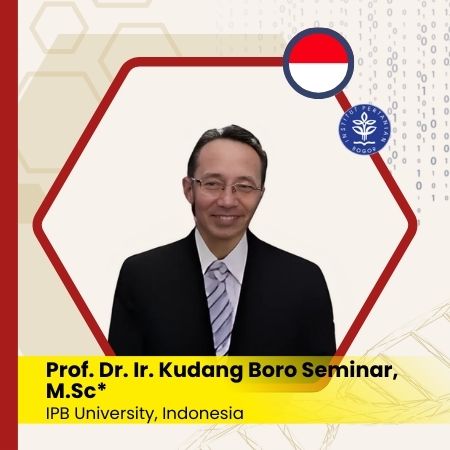GREENHOUSE GASES FROM RUMINANT LIVESTOCK IN PANGANDARAN DISTRICT
Abstract
Abstract: Research has been conducted to estimate the greenhouse gas emissions generated by ruminant livestock (goats, beef cattle, and sheep) in Pangandaran Regency, aiming to quantify CH4 and N2O emissions resulting from enteric fermentation and manure accumulation. This was achieved using the IPCC Tier-1 equation method, based on livestock population figures over the last five years (2019-2023). A quantitative analysis model was applied, revealing that the total emissions from ruminant livestock exhibit fluctuations due to factors such as disease outbreaks, trading, and births. The analysis indicates that the average total greenhouse gas emissions associated with goat farming in Pangandaran Regency have generally declined alongside a decrease in goat population, with a noted increase again in 2023. Conversely, the average total greenhouse gas emissions from beef cattle farming have risen, peaking in 2021 before decreasing in 2022. The average emissions from sheep were also highest in 2021. Findings from a survey of goat, beef cattle, and sheep farmers corroborate the analysis, suggesting that the greenhouse gas emissions from ruminant livestock are primarily a result of their intake of low-quality forage. To mitigate greenhouse gas emissions, potential strategies include providing supplementary feed like concentrates, tofu byproducts, or legumes, and repurposing livestock waste into compost.
Keywords: Emissions, Greenhouse Gases, IPCC, Waste, Ruminants






























